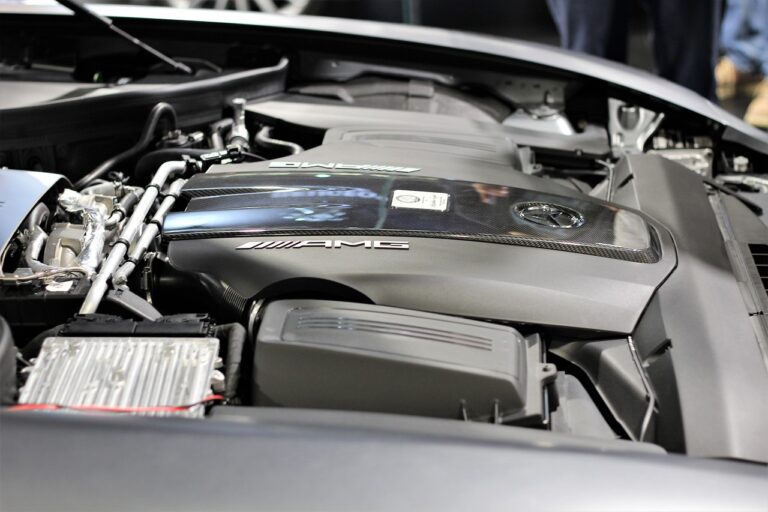Understanding the Role of Regulatory Policies in Shaping Auto Industry Innovation
Emission regulations have been a driving force behind the innovation seen in the auto industry in recent years. These regulations, aimed at reducing harmful pollutants, have spurred automakers to develop cleaner technologies and more fuel-efficient vehicles. As a result, we have seen a shift towards electric vehicles, hybrids, and other alternative fuel options in the market.
Furthermore, emission regulations have pushed auto manufacturers to invest heavily in research and development to meet these stringent standards. This has led to the integration of cutting-edge technologies into vehicles, such as improved engine efficiency, exhaust after-treatment systems, and advanced materials to reduce emissions. Overall, the impact of emission regulations on the auto industry has not only driven innovation but also paved the way for a more sustainable future in transportation.
Safety Standards and Their Influence on Vehicle Design
Automobile safety standards play a crucial role in shaping the design of vehicles today. These regulations are put in place to protect both the occupants of the vehicle and pedestrians in the event of a crash. As a result, car manufacturers must implement various safety features in their designs to meet these requirements and ensure the overall safety of their vehicles.
One way safety standards influence vehicle design is through the incorporation of advanced safety technologies. Features such as airbags, anti-lock braking systems (ABS), electronic stability control (ESC), and blind-spot detection systems have become standard in most modern vehicles. These technologies not only help to prevent accidents but also minimize the severity of injuries in the unfortunate event of a crash. By prioritizing safety in their designs, automakers are not only meeting regulatory requirements but also gaining the trust and loyalty of consumers who prioritize safety in their purchasing decisions.
The Role of Fuel Efficiency Regulations in Driving Technological Advancements
Fuel efficiency regulations have been instrumental in pushing the auto industry to invest in innovative technologies that enhance the overall performance of vehicles. These regulations have fostered a competitive environment where automakers strive to develop more fuel-efficient solutions, leading to advancements in engine efficiency, aerodynamics, and lightweight materials.
Moreover, as fuel efficiency regulations become more stringent, automakers are increasingly focusing on hybrid and electric vehicle technologies to meet these requirements. The development of electric vehicles, in particular, has been accelerated by these regulations, driving further advancements in battery technology and charging infrastructure. Overall, fuel efficiency regulations not only benefit the environment by reducing emissions but also stimulate technological progress within the auto industry.
How do fuel efficiency regulations impact the auto industry?
Fuel efficiency regulations drive the auto industry to innovate and develop more fuel-efficient vehicles to meet the standards set by regulatory agencies.
How do emission regulations influence innovation in the auto industry?
Emission regulations push automakers to develop cleaner technologies and reduce harmful emissions, leading to advancements in engine design and alternative fuel sources.
How do safety standards affect vehicle design?
Safety standards play a crucial role in shaping vehicle design by requiring features such as airbags, seat belts, and crash avoidance systems to protect occupants in the event of a crash.
How do fuel efficiency regulations drive technological advancements?
Fuel efficiency regulations incentivize automakers to invest in research and development of new technologies such as hybrid engines, electric vehicles, and lightweight materials to improve fuel economy and reduce greenhouse gas emissions.





